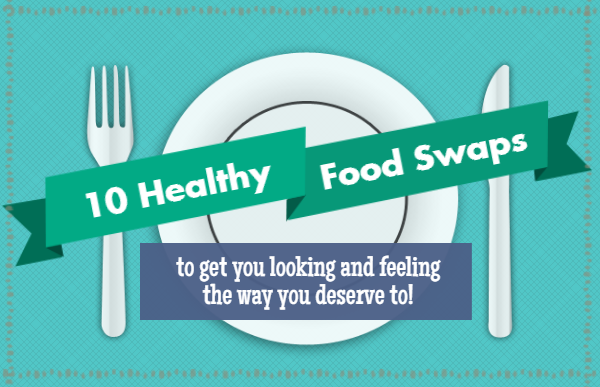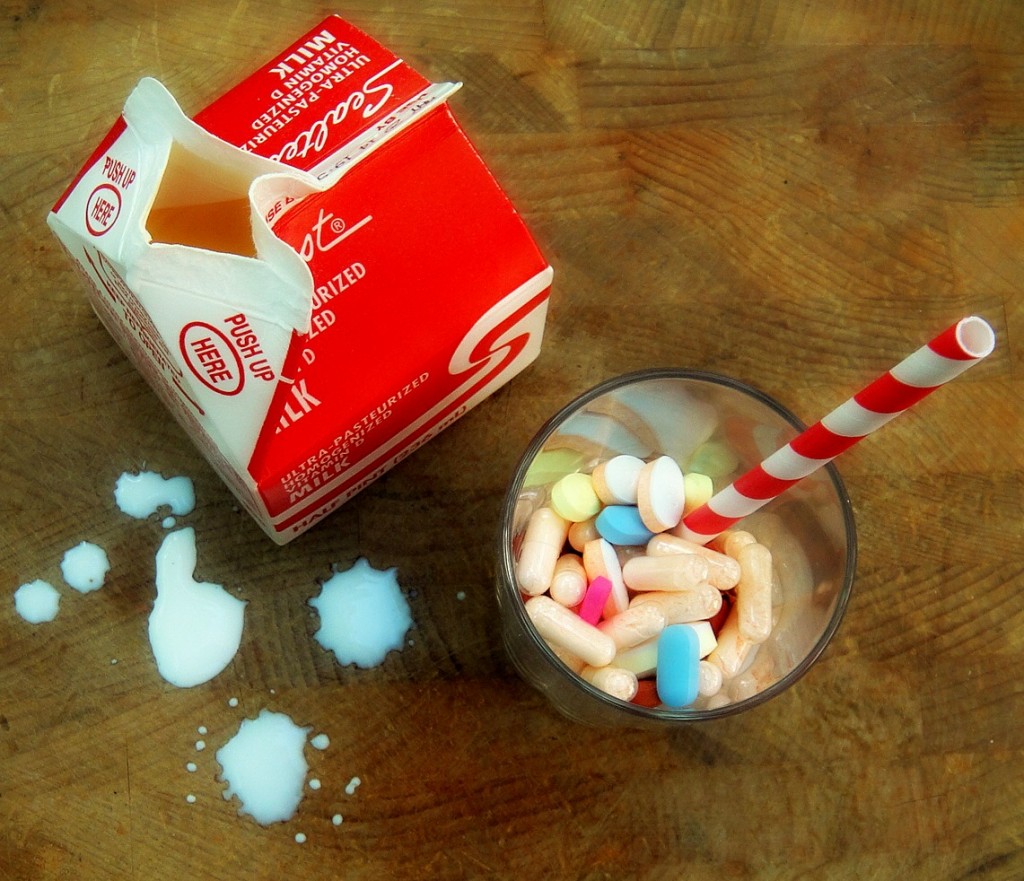are we eating antibiotics every day?
From the moment we’re born, we enter into the unrelenting challenge that is life. Sure, life can be breathtakingly amazing, and that’s exactly the reason we fight so hard to continue living it. But our battle with life has become infinitely easier thanks to the pioneering minds that walked this Earth before us. Chances are, you’re alive to read this article today because of one of the greatest advancements in human history: The Antibiotic.
Antibiotics have saved millions of lives, there’s no denying that fact. But while this powerful antidote used to be reserved for dire emergencies, they are now handed out like candy on Halloween. They’re fantastic at annihilating bacteria, which wouldn’t be an issue if we, as humans, didn’t happen to be walking, talking, shells of bacteria ourselves. While our bodies certainly contain lots of human cells, we carry around 10-20 times the number of bacteria (sort of makes you question what it means to be human, doesn’t it?)
Antibiotics have one job, and they do it well: kill indiscriminately. Unfortunately, they weren’t designed to spare the billions of beneficial inhabitants our bodies house- the innocent bystanders that will eventually become collateral damage.
According to the ICU Book, “the first rule of antibiotics is try not to use them, and the second rule is try not to use too many of them”. Our medical system has failed to heed this warning, miserably. Because antibiotics have been so grossly over-prescribed, we are now entering what has been coined the “Post-Antibiotic Era”, in which people will contract and succumb to simple infections and diseases that were formerly well controlled.
What gives? You might be asking. Bacteria may be small, but they feel the same way about life as we do. All life wants to continue living, and a species will adapt when it is under attack. And thanks to natural selection, only the strongest of these sinister bugs will survive and reproduce, evolving into what we now term “superbugs“; bacteria that have changed in ways that render antibiotics ineffective against them.
Ok, we get it. Doctors are loose handed with the Penicillin. But the really disturbing layer of this story is that nearly 80 percent of the antibiotics sold in the US are used in animal agriculture. Factory farming provides a solution to America’s insatiable appetite for cheap meat. We want lots of it, we want it to be cheap, and we don’t want to think about where it came from. But a factory farm is in all ways a factory, and in no way a farm. To spare you the PETA commercial, when animals are subjugated to the “less than ideal” living conditions they receive, their subsequent health will be lacking. Antibiotics allow these animals to stay alive long enough to grow to a usable size.
They also, curiously, speed up the time it takes to make it to this size. Livestock are also given daily, low doses of “growth promoting” antibiotics to make them fat faster, for reasons that “aren’t totally understood”. Basically, we don’t know why administering these drugs makes them fat, but it does, so we keep doing it (there is speculation that they are having the same effect on humans).
What happens when 25 million pounds of antibiotics are pumped into our meat, fish, and dairy industry? Drug-resistant bacteria are born, and travel through our food chain until they end up inside of us. There is now evidence linking resistant forms of infectious disease to farming practices. Sub-therapeutic antibiotic use in livestock has been banned in many countries, including Canada and the EU. It’s dangers have even been recognized here at home. On June 28, 2010 the FDA made a statement: “Giving animals antibiotics in order to increase food production is a threat to public health and should be stopped.” But it hasn’t been stopped, as pharmaceutical and farm lobbies continue to succeed in blocking legislative reforms.
While it might seem logical to avoid this problem simply by abstaining from meat products, complex food systems have a way of intermingling with one another. Vegetables are often grown in soil that has been fertilized with livestock manure, an ancient farming practice that delivers key nutrients to growing produce. When this manure has been flooded with antibiotics, however, that is what will be absorbed by hungry carrots. One step further down the line, runoff will eventually make its way back to our water supply. So we all have a stake in this situation, meat eater or not.
The good news is, not all animals need a heaping portion of antibiotics to keep them alive. An animal’s health (not unlike our own) is dictated by the lifestyle it undergoes. Eating the foods they were designed to eat, having some fresh air and exercise, and getting through the day without an abundance of stress does wonders for keeping the doctor (or vet) away. Since antibiotics are prohibited in organic production, these farmers must rely on this formula to grow healthy animals. By choosing to purchase humanely raised livestock, we are voting with our dollars for the insurance of tomorrow’s health; for animal, environmental, and human welfare, and for the option to call upon an antibiotic lifeline if the need should happen to arise.




Leave a Reply